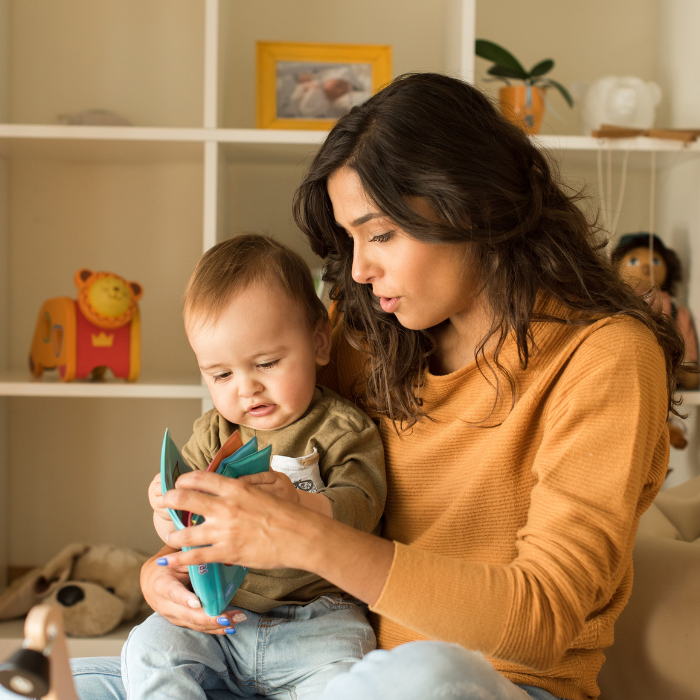
Kiwi Author and creator of Fairytale Fraud conversation resources, Katie Pye looks at what we can do to help our children open up when they are going through tough times.
One of a parent’s hardest jobs is to know how to support our children through their disappointments, fears, griefs, and struggles. While some kids readily share, others are more reluctant. Here’s some ways you can help support your child into conversation.
Getting Connected
Quality time with children helps draw out good quality conversation. While some parents find it hard to manage much time, being present isn’t just about being around. It’s about being attuned. Use the time you have to offer undistracted attention. Demonstrate that you know what is going on in their world with thoughtful questions or by saying ‘I love you’ in their favourite ways.
Getting The Setting Right
If children are distracted, low on energy, or in a disinterested mood, expect them to be less interested in chatting. Start experimenting to find out the times and places that your child is more likely to talk – whether it be bedtimes or immediately after school; on nature walks or hiding out in a play hut; with some privacy or even via Instagram. Some children may want to be wrapped up in a big hug, others might dislike touch or eye contact, and others might even prefer indirect conversation, while doing a task. Every child is unique, and so expect your conversation approach to also be unique.
Reeling Them In
Some kids simply want space, hugs or practical help when they struggle, but it’s sometimes hard to know. We can offer opportunities to talk, and let our children guide us. Pictures, bedtime stories, our personal stories, or even watching a pertinent movie can be a great help in kick starting a conversation. Memorising a few fantastic open-ended conversation starters can help too – for example: If you could swap out something from your day, what would it be? or What’s something you are looking forward to/worried about?
Being a Conversation Ninja
When children are ready to talk, our job isn’t to fix it. Let them speak freely, affirm their feelings, and reassure them that they are well loved. Where children are willing, ask them questions that give them insight or help them interpret their situation in a way that offers hope and learning. Guide them to notice their expectations and their ‘self talk’ – the messages they are saying to themselves. Help them create reassuring messages that will strengthen them e.g. I can choose how I respond to the situations I am faced with; Even though it is not what I wanted, I can accept this; I can get through this; I can find things to be thankful for; This feeling won’t last forever. Making your goal ‘connection’, as well as ‘conversation’, is key. Children will be more happy to share at a later date when they sense they are truly loved and listened to.
Let Life Do The Talking
Children often look to adults and learn from how we respond to our struggles. Making healthy choices; practicing gratitude; setting fair expectations of ourselves and others; reassuring and encouraging ourselves; and asking for help when we need it actually supports our child! Growing a village around our children also provides them more opportunities to talk to people, especially important for seasons where they are reluctant to talk with us.
Give yourself permission to not get it right all the time. Our children are constantly changing, and our approach to connecting with them will need to change also. But know that even seemingly unfruitful attempts at conversation signal that you want to connect. Showing interest and love is your best invitation into future conversations.
When It Comes To Ages and Stages…
Younger children: Validate their feelings and help them name them; offer undivided attention and extra hugs; use books or other materials to help them understand what is going on; create conversation with a little ‘crazy’, like talking to them using their favourite toy as a puppet.
Primary aged kids: This is the perfect age to warm up to conversation with FUN! Put on a persona, ‘interview’ them for ‘TV’, make up a story together, do an activity alongside them, or get out the tickle monster. Launch straight into conversation with an open-ended question or use books/resources, get them drawing, or pose scenarios or share personal stories that touch on their struggle.
Teenagers: Invite conversation through being available and thoughtful. Plan one-on-one time; buy them magazines with great messaging, drop them a note or a package; find articles or activities of interest; communicate using their medium – e.g. send them messages on instagram; offer them a massage; notice what they are doing right; and expand their supports by hosting their friends/village.








